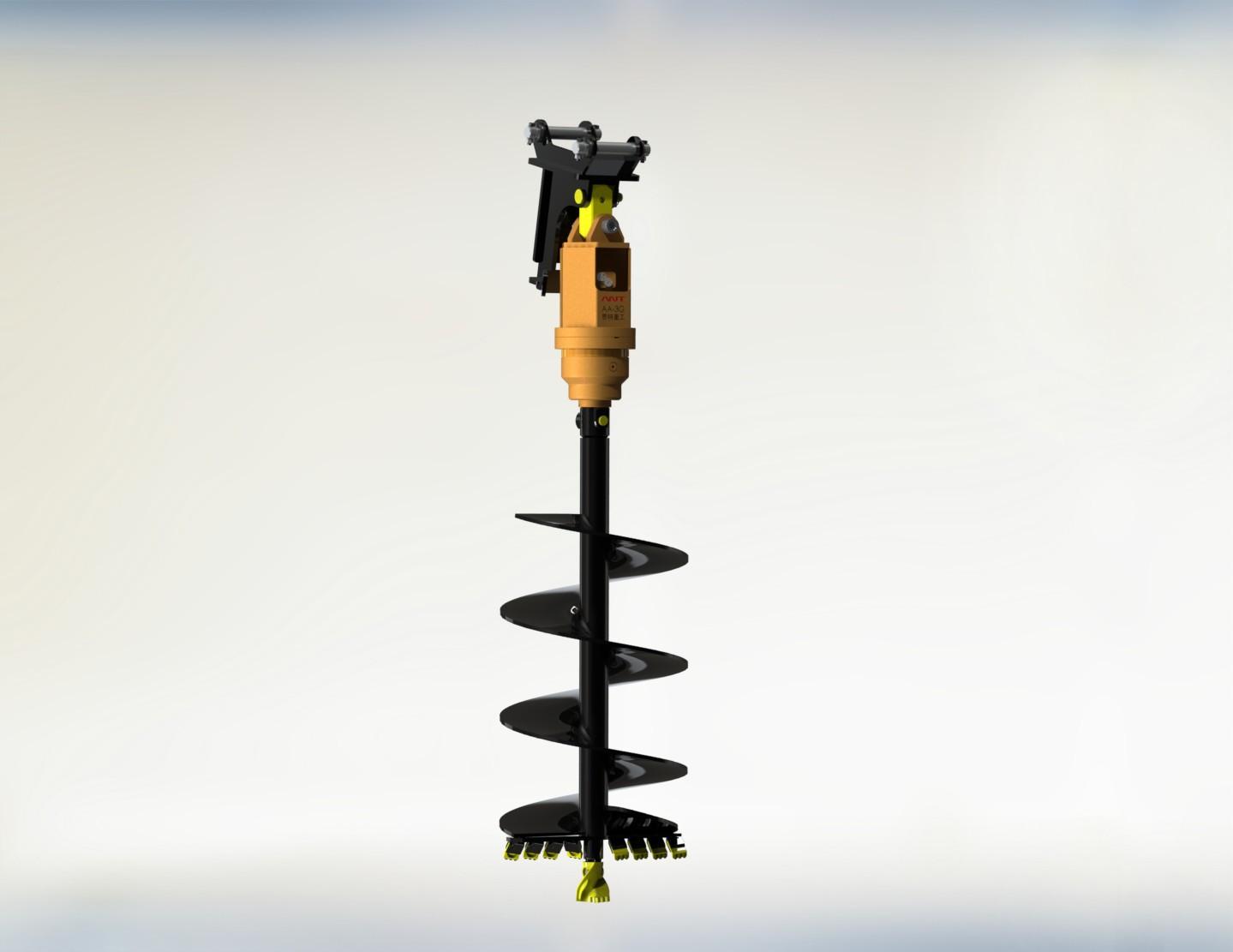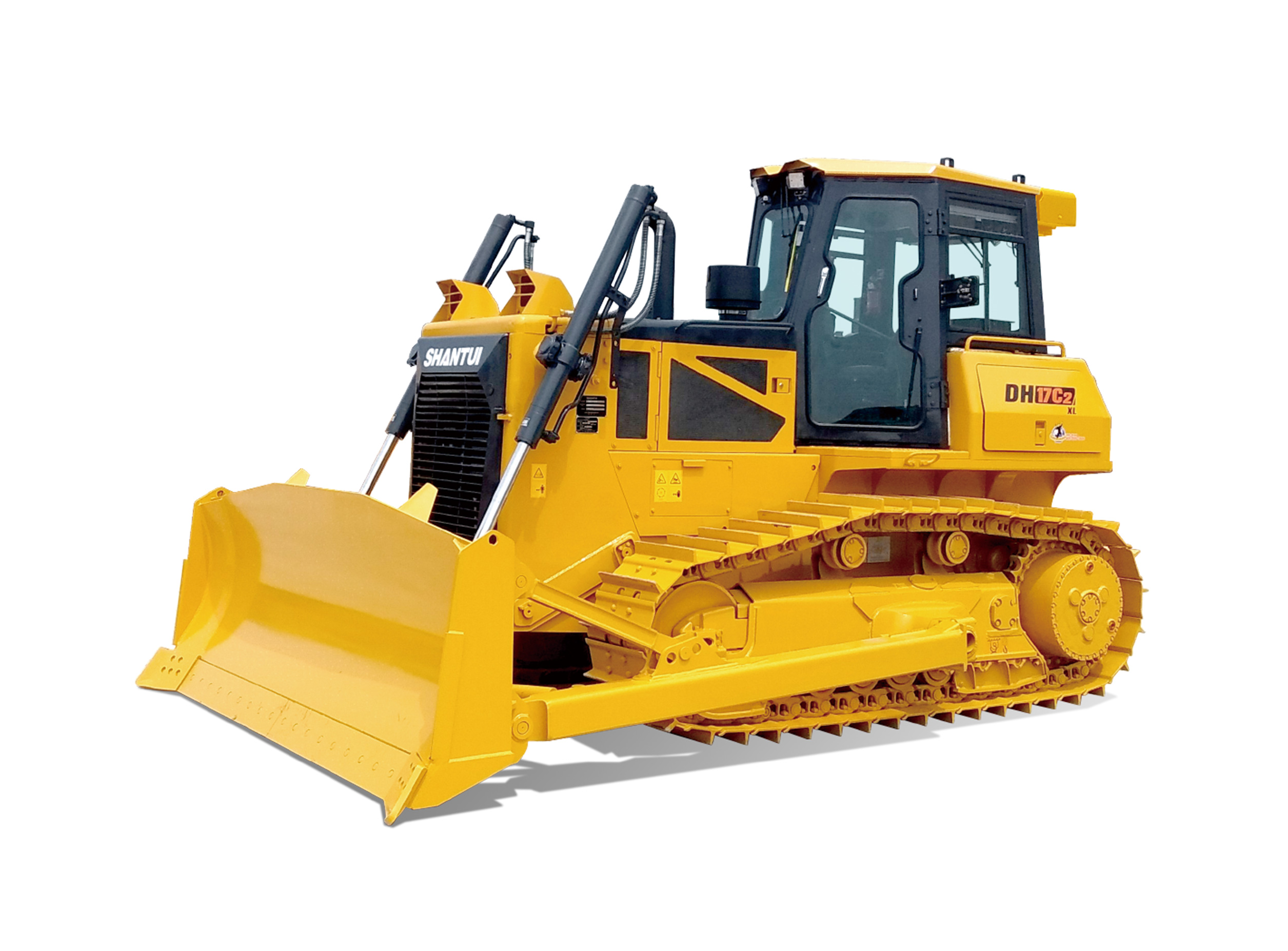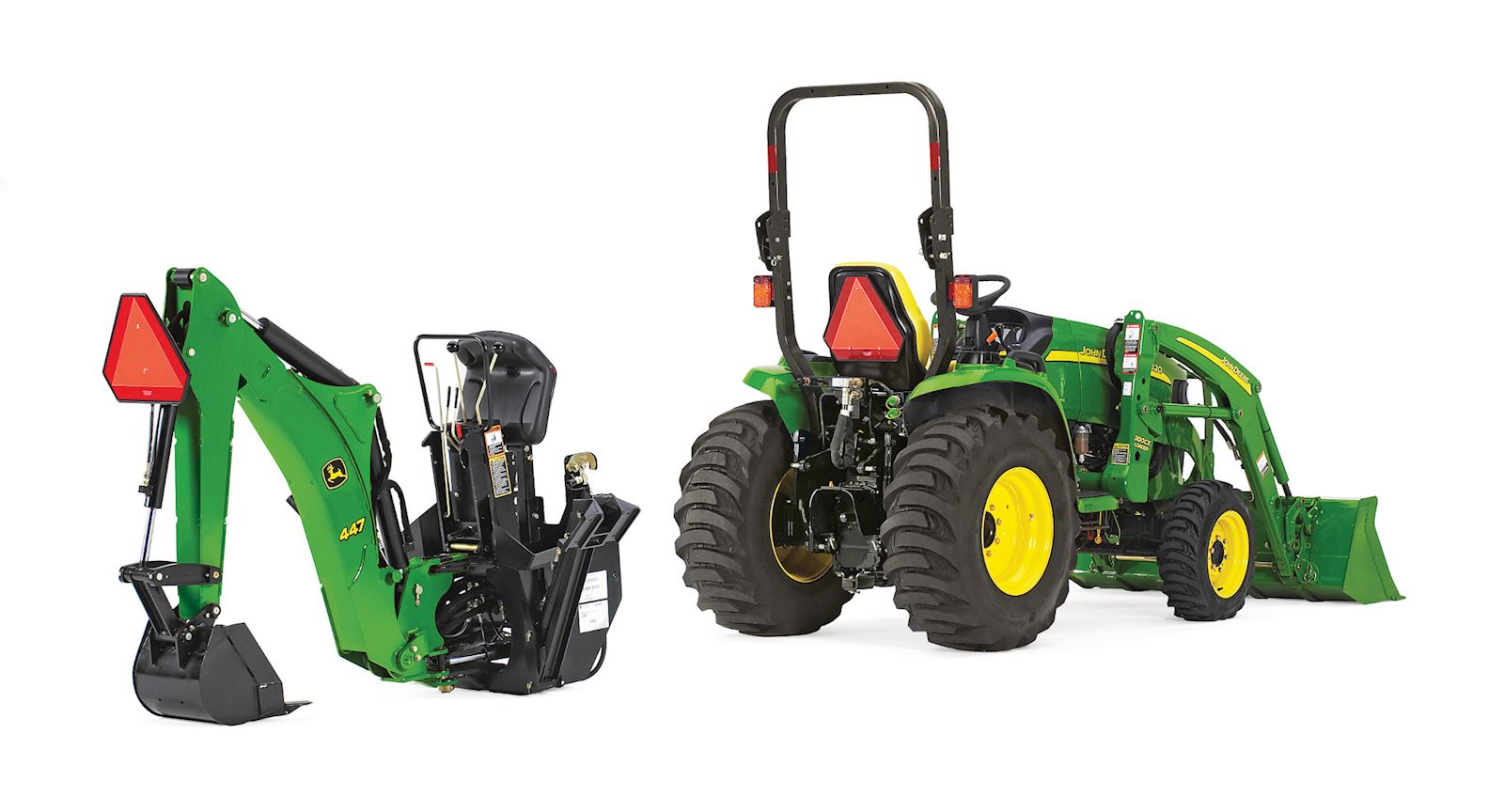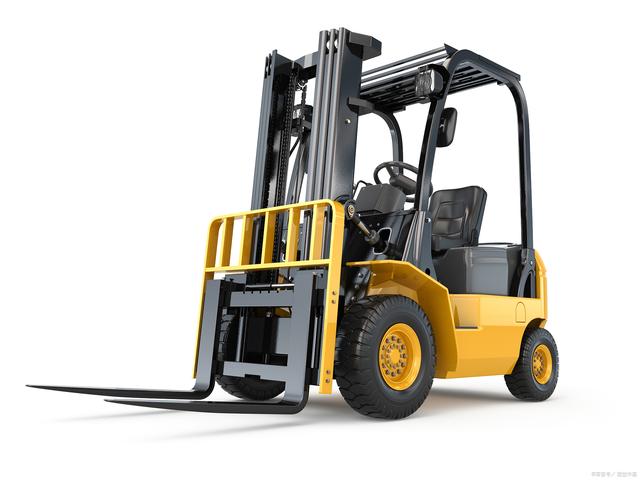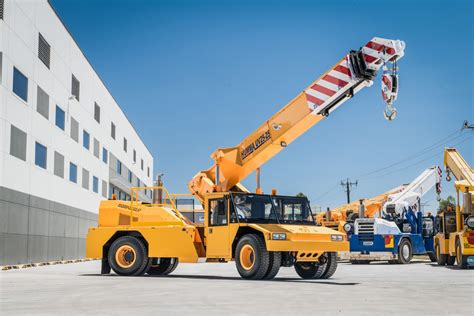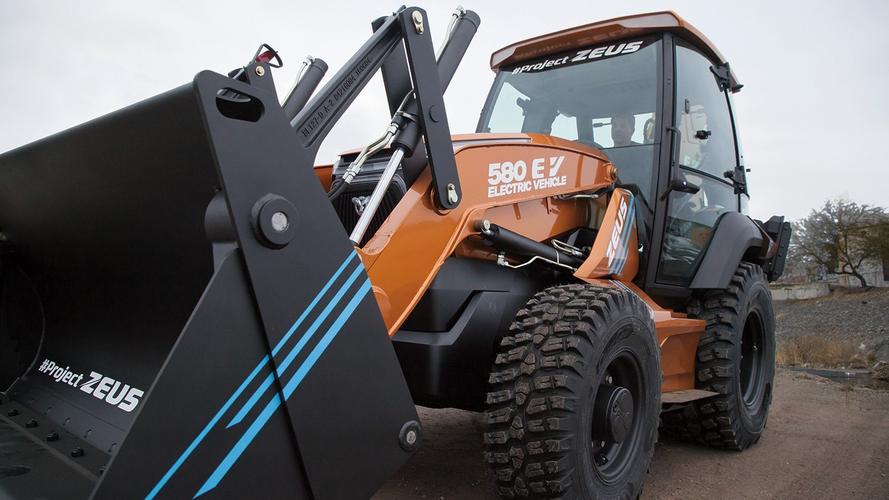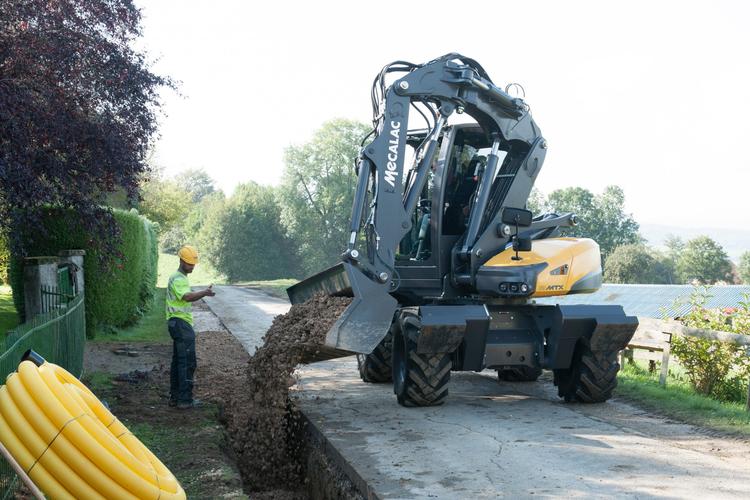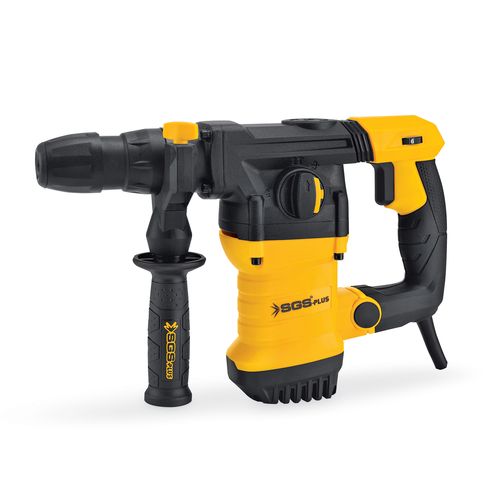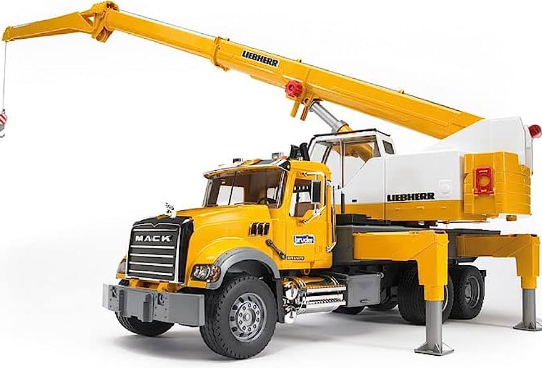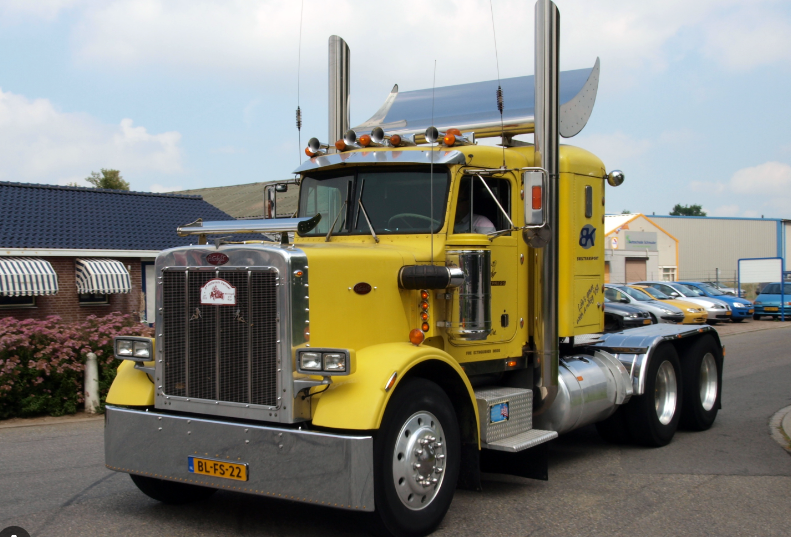how to ballast a tractor
Release time:2023-08-20 19:30:20
Page View:
author:Yuxuan
Tractors are a popular choice for farmers, contractors, and construction workers. They are used for various tasks, from plowing farmland to carrying loads and leveling ground. One important aspect of using a tractor is ballasting. Ballasting is the process of adding or removing weight from a tractor to ensure maximum efficiency and safety. In this article, we will discuss how to ballast a tractor.
Why is Ballasting Important?
Ballasting is vital for safety and efficiency. The weight of the tractor will determine how well it can handle different tasks. If a tractor is underweighted, it may not be able to handle the load properly, leading to unstable driving conditions. Conversely, if a tractor is overweighted, it can be challenging to maneuver, and it can cause damage to the tractor and the surrounding areas. Ballasting the tractor correctly ensures that it can carry out its tasks safely and efficiently.How to Ballast
To ballast a tractor, you will need to add or remove weight from the tractor, depending on your needs. Here are the steps to follow:Step 1: Determine the Weight the Tractor Needs
To determine the weight the tractor needs, you should consult the owner's manual. The manual will provide you with the recommended weight for the tractor’s specific model. Factors like the type of work, soil conditions, and the terrain should also be taken into consideration.Step 2: Choose the Right Weight Material
The weight material you choose can depend on the work you intend to do. For light work, you may use sandbags or water in the tires. For heavier work, you may need to use metal weights.Step 3: Add or Remove Weight
Whether you are adding or removing weight, follow the manufacturer's instructions. Most tractors will have weight brackets or ballast boxes, which allow you to add or remove weight as needed. When adding weight, ensure that it is evenly distributed, and do not exceed the manufacturer's weight specifications.Step 4: Test the Tractor
After ballasting the tractor, it is essential to test its ability to handle the load. Test the tractor’s stability and braking ability, and make adjustments if needed. A tractor that is correctly ballasted will have improved stability, traction, and fuel efficiency.Conclusion
Ballasting a tractor is an essential process that ensures the tractor's safety and efficiency. By following the manufacturer's instructions and making appropriate adjustments based on the work the tractor will be used for, you can effectively ballast your tractor. Remember to test the tractor after ballasting to ensure it can handle the load safely and efficiently.

